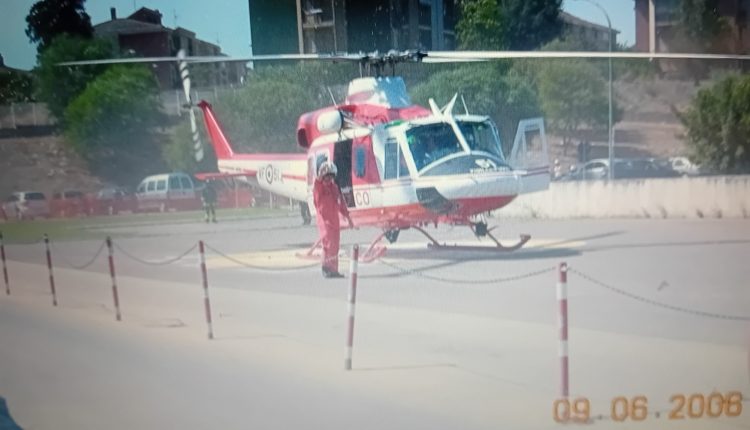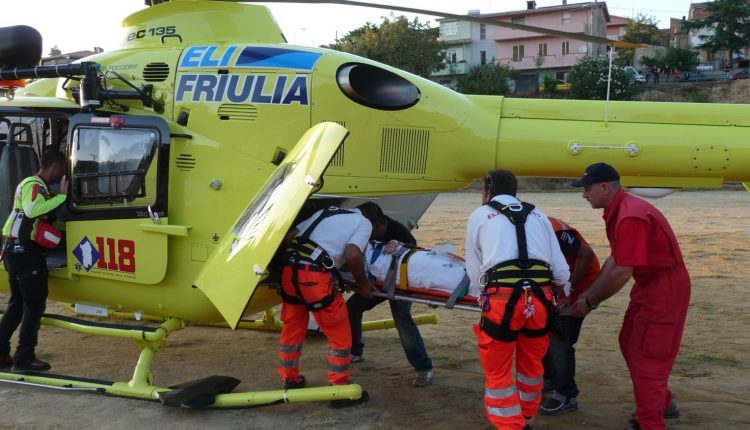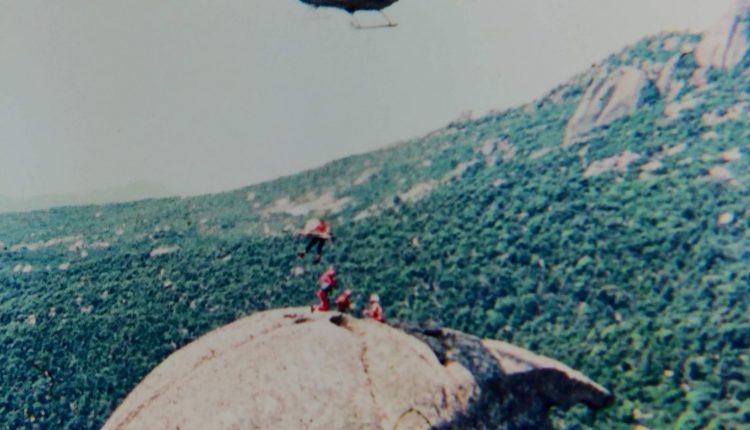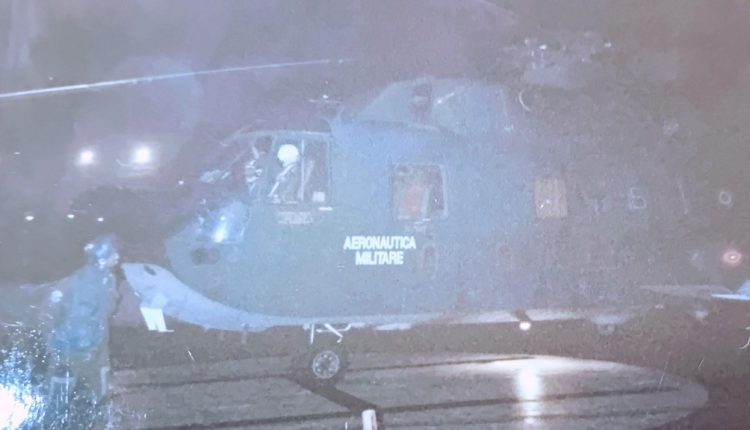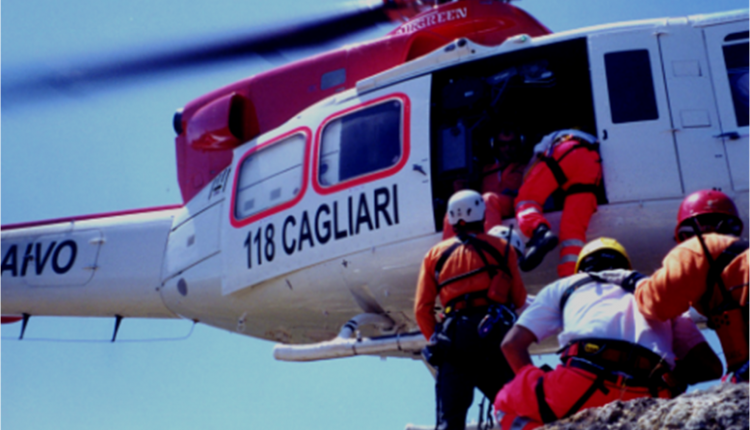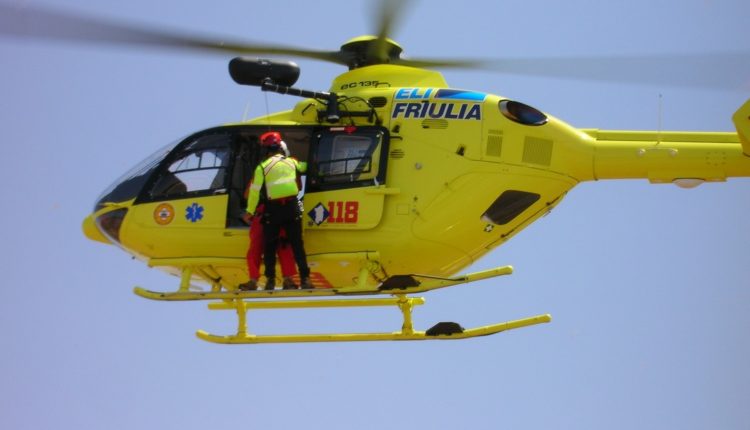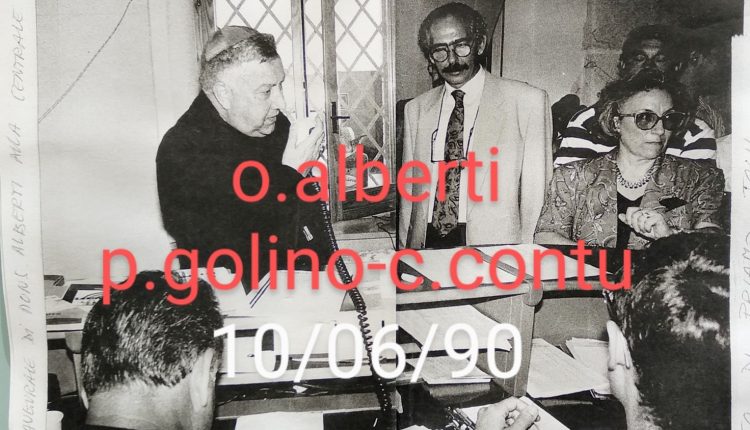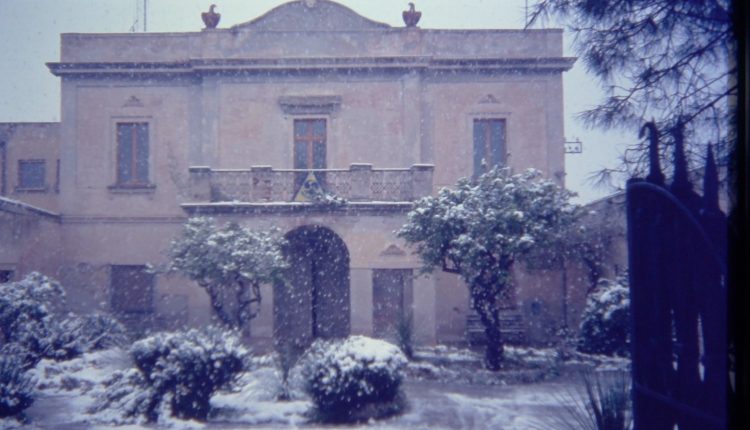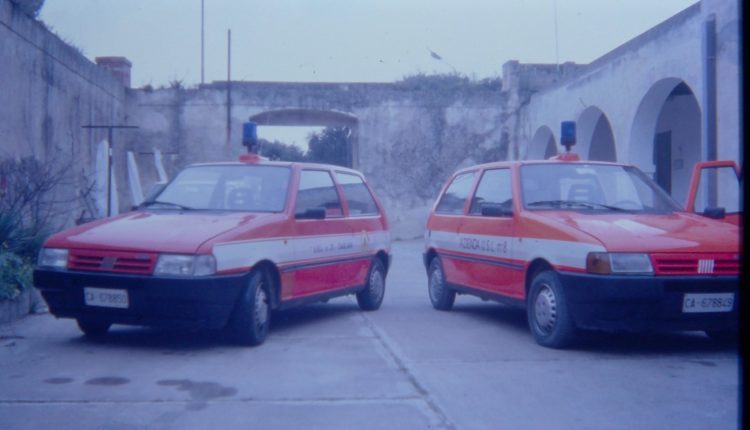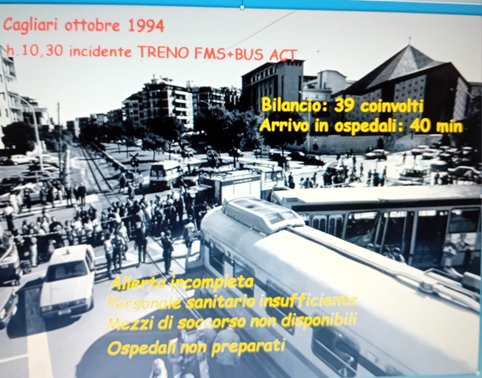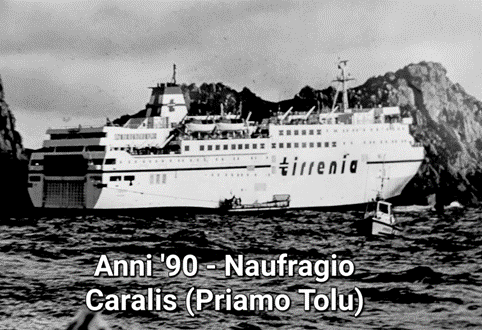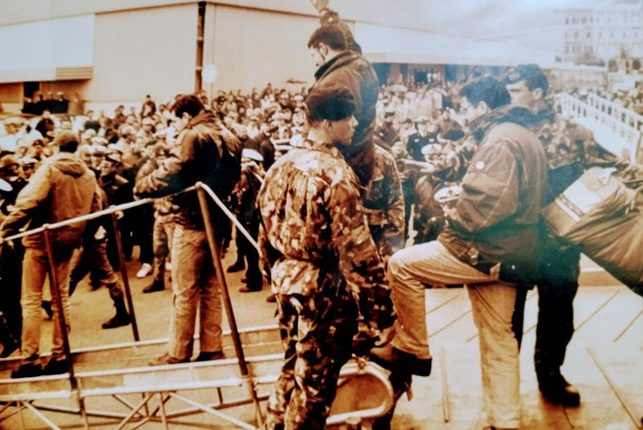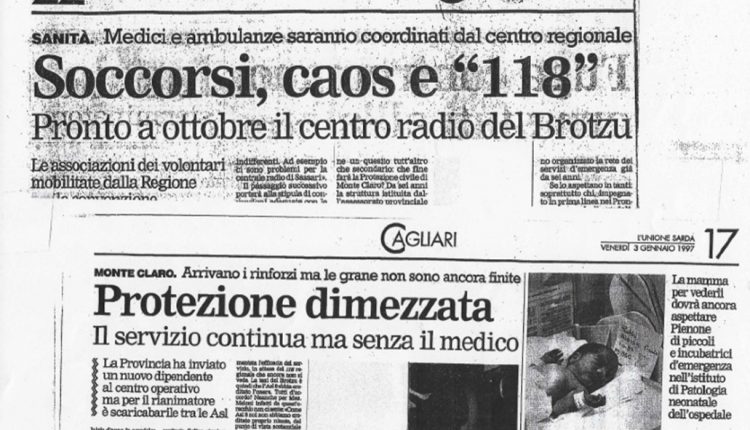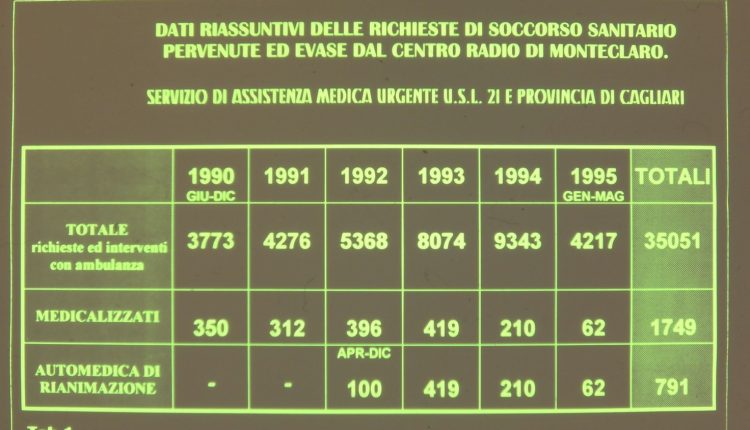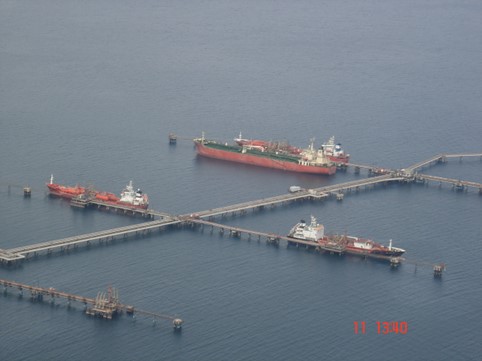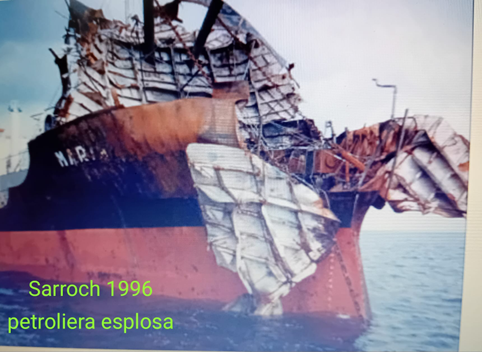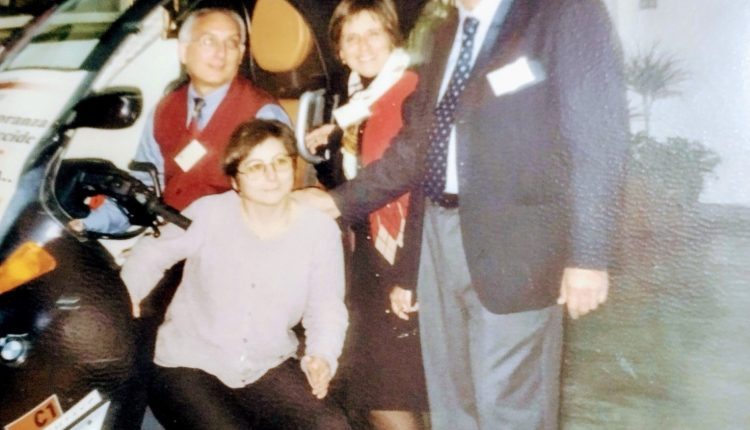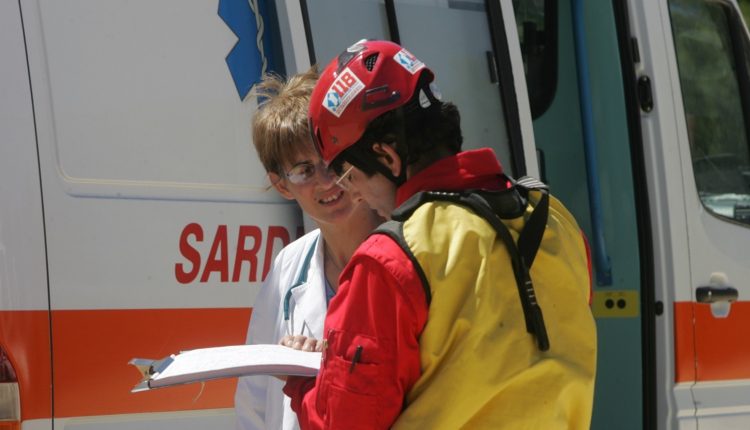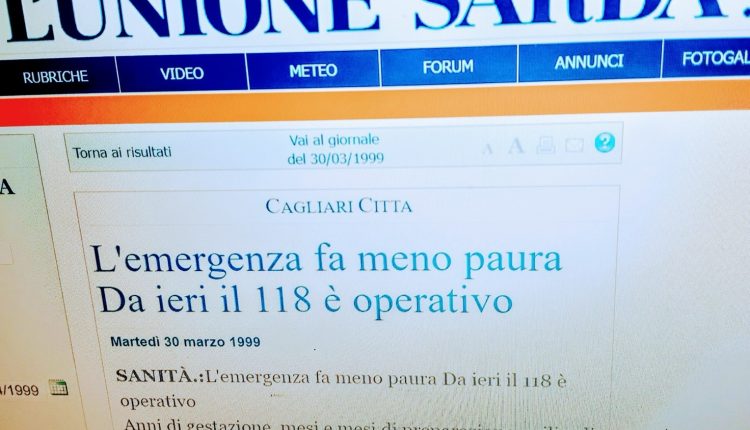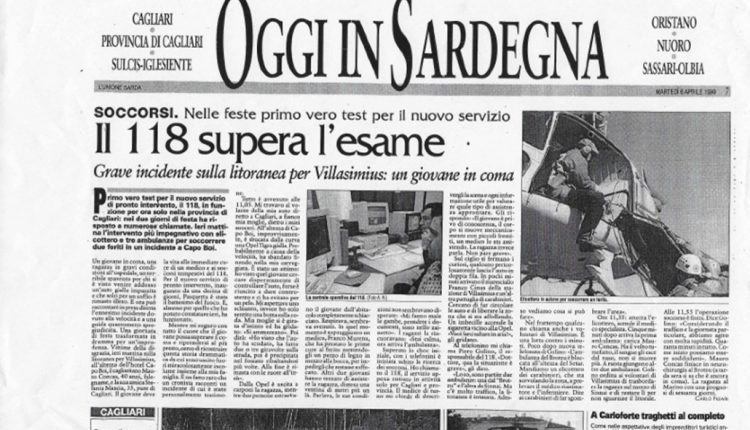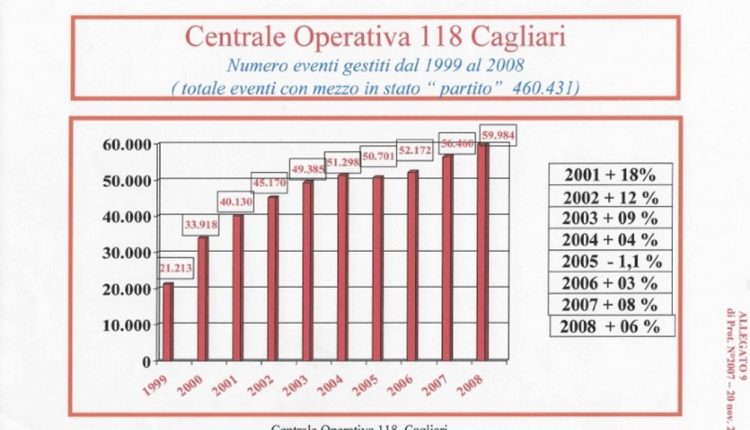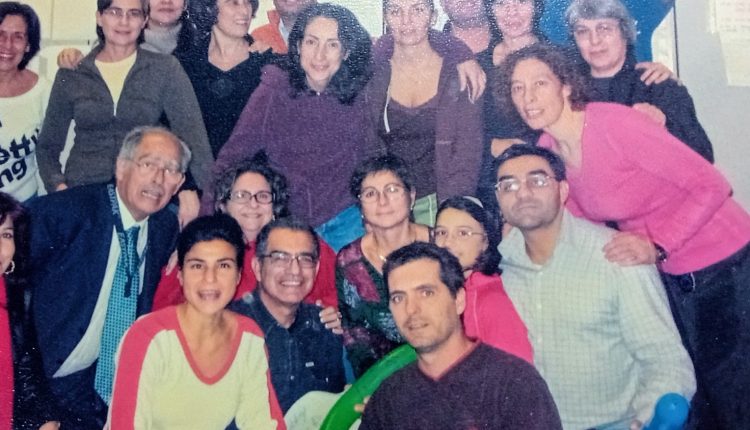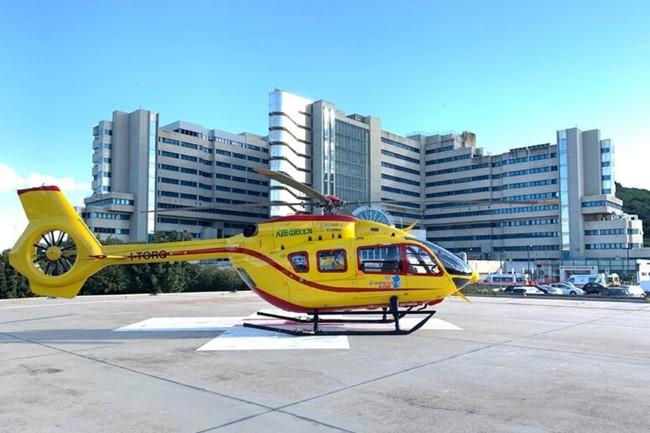
Happy Birthday One Hundred Eighteen of Cagliari
Cagliari March 29, 2024
Nearly 40 years have passed since the 1985 experience with the three PMAs around the Basilica of Bonaria, on the occasion of Pope Wojtyla’s visit.
In the meantime, after 14 years since Oct. 20, 1985, on March 29, 1999, Cagliari’s 118 service began.
The occasional fact
On the morning of March 29, 2024, I find myself on the 11th floor of Cagliari’s Brotzu Hospital for a checkup.
While waiting, I look out the windows of the new wing at the panorama west of Cagliari, toward the helipad below the hospital and the Elmas airport.
Suddenly there is a muffled noise and the yellow helicopter of the Regional Helicopter Service materializes.
From that vantage point I watch everything that happens around the helicopter after it lands.
There is the fire marshal recognizable by his uniform and carrying a wheeled fire extinguisher.
On the access ramp to the helipad an ambulance stands waiting.
When the engines are shut off, an operator exits the helicopter and approaches the ambulance.
The ambulance operators safely approach the helicopter to pick up the patient(s), whom they extract from the rear.
For several years now, Sardinia has finally had a stable Helicopter Service with three bases, in Cagliari and Alghero with AC 145 h 12, and in Olbia with AC 139 h.24.
For me it is an automatic leap back in time.
The 1990s
In the 1990s I had numerous opportunities to land on the old Brotzu airfield with military helicopters (Carabinieri Helicopter Unit of Elmas, Army Light Aviation AVES, and CSAR of Trapani).
We flew for medical rescue with Mountain Rescue Service (SASS) technicians flown by military helicopters, under a national agreement with the Poggio Renatico Air Rescue Center.
From 1990 to 1997, I had worked in an out-of-hospital environment at the Cagliari Province Civil Defense radio center in Monteclaro.
The resources consisted of a radio frequency that connected a modest number of ambulances (25), two medical cars, the emergency rooms of the 4 city hospitals, the Police, the Fire Department, the Prefecture, the Airport and the Port Authority.
Medical personnel were markedly understaffed and often assisted by volunteer doctors.
Great enthusiasm compensated for the truly poor human resources.
There was no shortage of exceptional events.
Mostly these were single rescue episodes but also those with large numbers involved, such as the Caralis Shipwreck with 400 people on board, and such as a train accident in the city with about 40 people involved.
I also remember an incident in the fall of 1996, it was…
An Explosion on an Oil Tanker
One evening around 11 p.m. a distress call came to Monteclero about a fire on board a tanker in the industrial port of Sarroch about 20 km from Cagliari.
Since I was absent from Cagliari due to illness, the radio operator alerted a volunteer doctor, who quickly arrived at the radio room in Monteclaro.
This was Dr. Valeria Nieddu who did not lack clinical and ambulance experience.
Within a short time she in turn alerted the city hospitals, four ambulances, and four doctors with two ambulance cars, which she sent to the scene of the explosion.
Within two hours of the accident, two injured people were attended to and transported to the hospital.
At 01:00 a.m., the Harbor Master’s Office declared a cease-fire, as can be read in a rare report handwritten by my colleague.
I believe the final tally was appreciable: 5 medics, 4 ambulances, 2 self-medics, 2 injured in the hospital in a short period of time.
Today I smile as I remember that a high percentage of the rescue operations were almost all free of charge, or committed existing and underutilized public resources.
After five years of operation, the balance of interventions carried out in Monteclaro (1990/1995) had recorded several thousand interventions by air and naval ground rescue means.
Meanwhile, there had been no shortage of criticism that the system was artisanal, coordination insufficient, and professionalism truly lacking.
Few found a way to bestow favorable feed back, especially the thousands of people who had been rescued.
Then, after those years, to be precise in late 1996, there was a period of darkness and silence (1997-1998), that uncoordinated and low-profile artisanal rescue system had disappeared erased.
Before and after 118
During the two-year period 1997-1998, training activities and preparations for medical personnel and all the human and material resources for 118 finally began.
In the 2000s, Cagliari’s 118 seasonal experimental Helicopter Rescue began, with public entities (Fire Brigade) and private Air Work Companies in agreement with the Region of Sardinia >(Air Green, Ely Friulia).
In est6ate 2000, the first base was housed in the hangar of the Army Light Aviation (AVES) at the Elmas civil airport.
1999 to 2024
These days, precisely March 9, 2024, marks 25 years since the start of the Cagliari Hundred and Eighteen Operations Center (now 112/118) and the territorial health emergency system for the provinces of Cagliari and Oristano (south-central) with about one million people assisted.
Immediately after that the Sassari Operations Center was activated, which had jurisdiction for the provinces of Sassari and Nuoro (north-central) with about six hundred thousand residents.
If I remember correctly, the regional costs of radio telephone and computer technology amounted to 10 billion in old liras for the two centers and for five years (as per the contract between the Sardinia Region and the provider).
The examination of 118 in Cagliari
A memorable episode occurred in Cagliari, a week after the start (April 5, 1999, Easter Monday) there was an unexpected ‘test’. It was a ‘combined’ rescue operation on the S.P. 17 (litoranea to Villasimius) clogged with traffic of Easter Monday excursionists.
A serious traffic accident had occurred with a car off the road and two people involved, seriously.
Resources in the area consisted of only one medicalized ambulance (MSA 20) in Cagliari and a still modest number of Volunteer Ambulances (MSB).
Medical and nursing personnel were borrowed from the Emergency Department, Resuscitation, NICU, and Volunteer physicians with proven experience also working in ambulances.
Despite the relative and temporary scarcity of resources three ambulances (Cagliari’s only Medicalized Mike 20, the Volunteers of the Misericordia of Sinnai, the Volunteers of Rescue of Villasimius) and a providential helicopter from the Carabinieri Helicopter Unit of Cagliari Elmas intervened, fortunately, which was instrumental in the rescue effort.
In fact, the latter was able to pick up the MSA doctor-Mike 20, who was stuck in traffic midway, and quickly transport him to the accident site.
A truly remarkable number of rescuers and rescue vehicles and decidedly short response times.
This was a flattering result for a Service that had only been underway for a week.
When the helicopter with the most seriously injured landed in Cagliari there was a great sigh of relief for all the staff of the newly established operations center.
The next day (April 6, 1999) a direct witness to the incident, journalist Carlo Figari, reported in the pages of the newspaper L’Unione Sarda his account full of details and under a memorable headline…
118 passes the test
4 / 6
Today I remember how we were and all the young protagonists of 1999 and I extend a great applause to them and also to all the rescue workers who have come and gone and who continue that wonderful activity, which began under a lucky star.
Final Thoughts and Best Wishes
I left active service in June 2010, and the number of rescue operations carried out over ten years was more than 500,000.
A remarkable achievement made with great spirit of service by Doctors, Nurses, Rescue Drivers and Rescue Volunteers.
To get an idea of the importance and numerical differences between Italian regions, just think that during the same time period:
in Cagliari the operations center was run by 7 doctors and 24 nurses and – since 2000 – with an experimental seasonal helicopter rescue for 1,000,000 inhabitants in a territory of more than 20,000 square kilometers.
In some regions, the operations center was run by 7 doctors and 24 nurses, with two stable helicopter bases for 600,000 inhabitants in 10,000 square kilometers.
Other data that have emerged over the years concern the number of MSA medicalized ambulances and the number of Nurses on them.
In Sardinia, in the initial plan there were two Nurses on the MSAs then mysteriously reduced to one unit.
In addition, MSAs were distributed in Sardinia at a ratio of one per 100,000 inhabitants.
In other regions it was as low as one MSA per 20,000 inhabitants.
All these numbers comment on themselves.
In conclusion, I again extend warm thanks and a big hug to everyone.
Happy Birthday One Hundred Eighteen of Cagliari
Piero Golino Physician 118
Contributors included.
Andrea Coco Journalist for texts
Michele Golino for the images
Enrico Secci for the graphics



